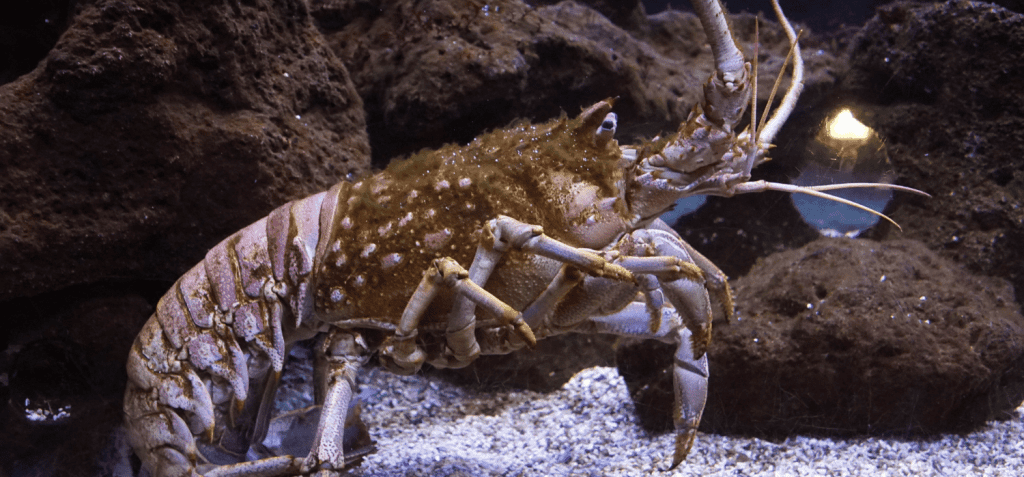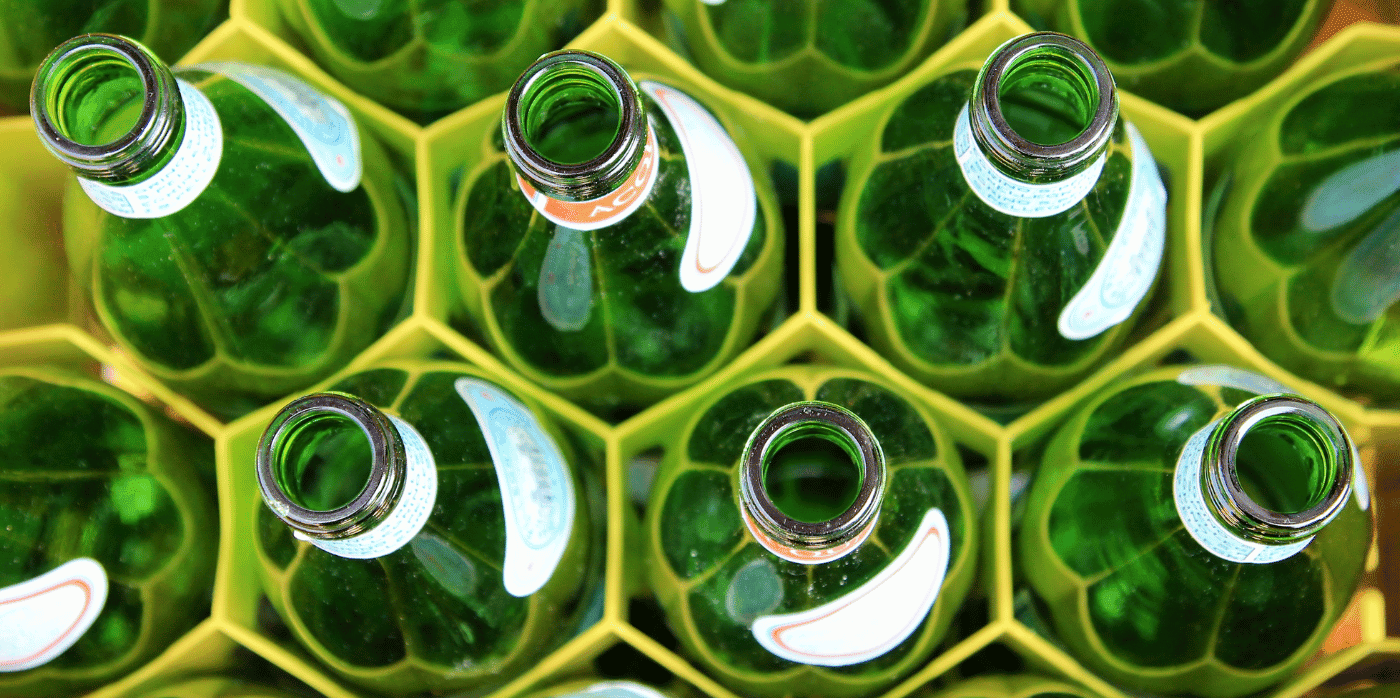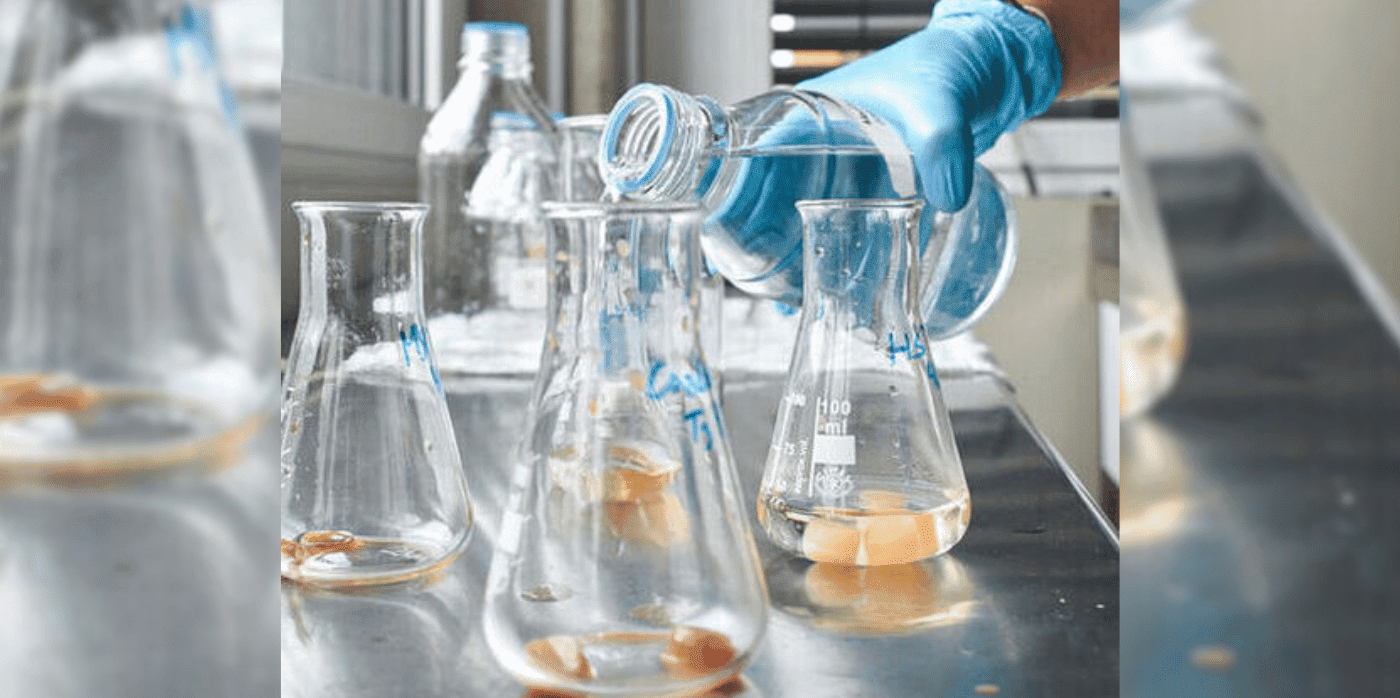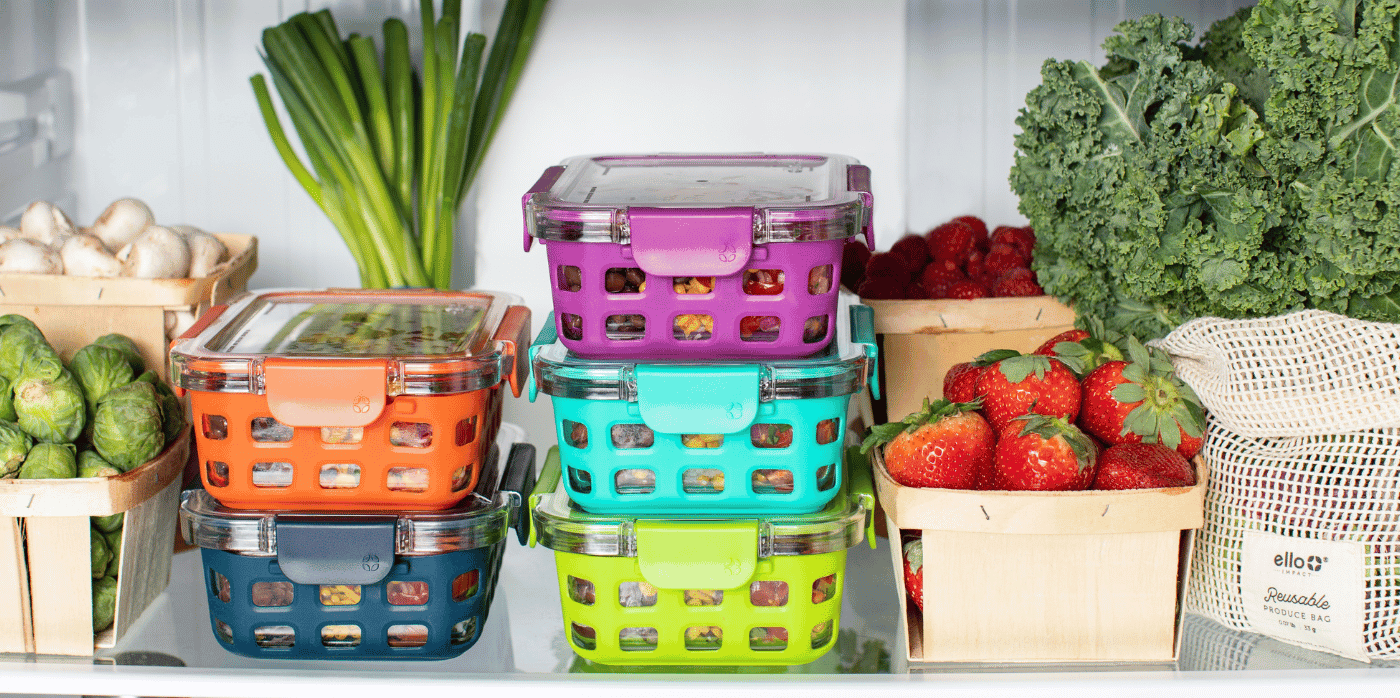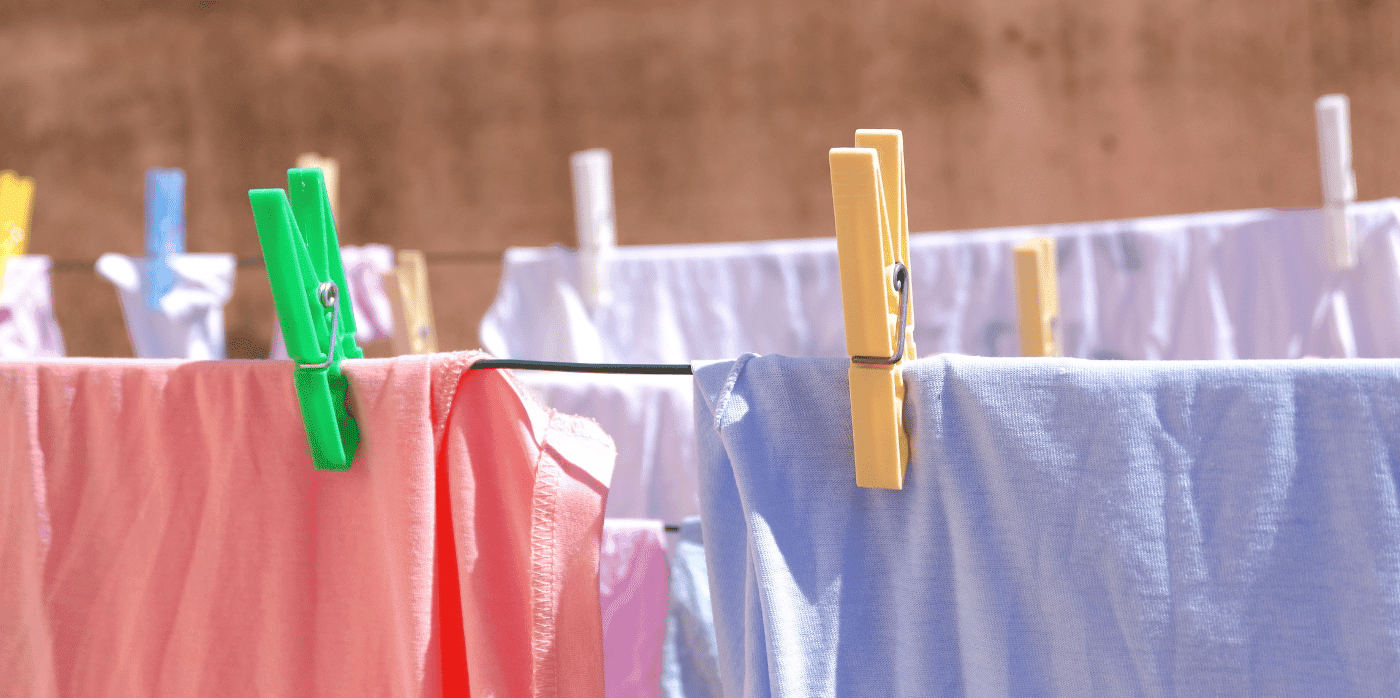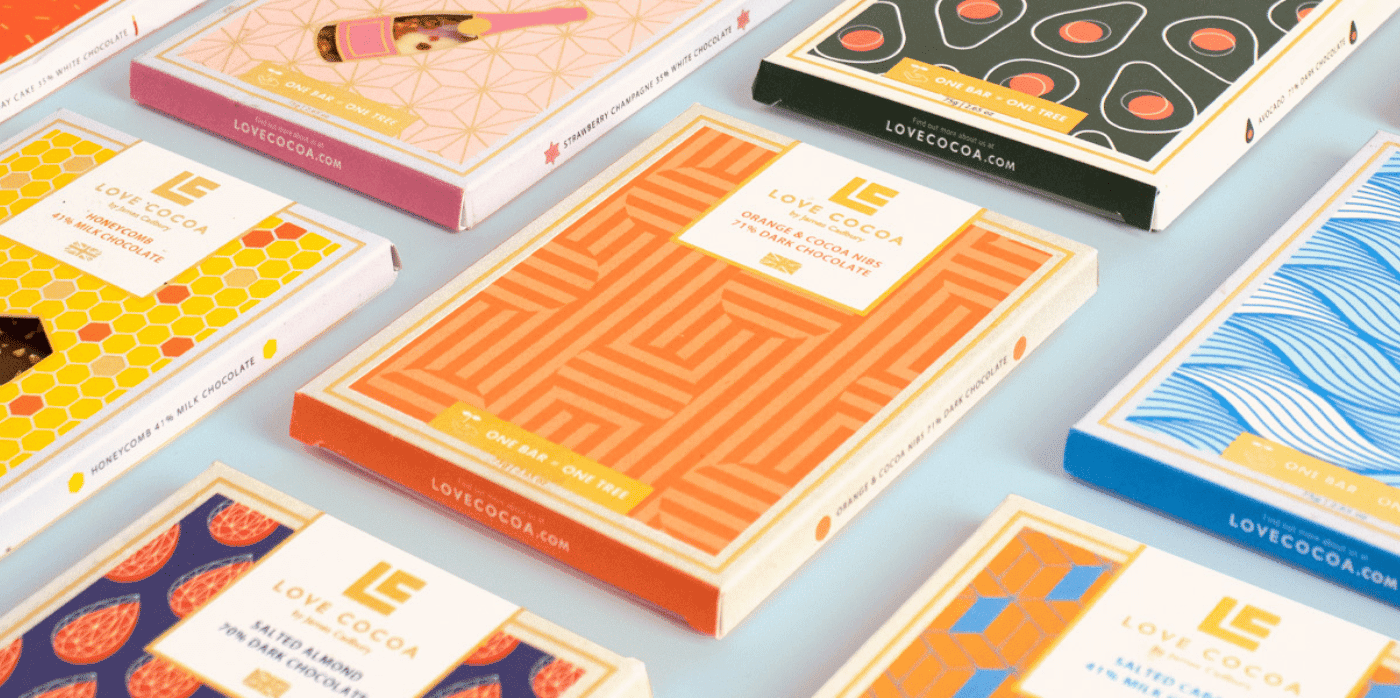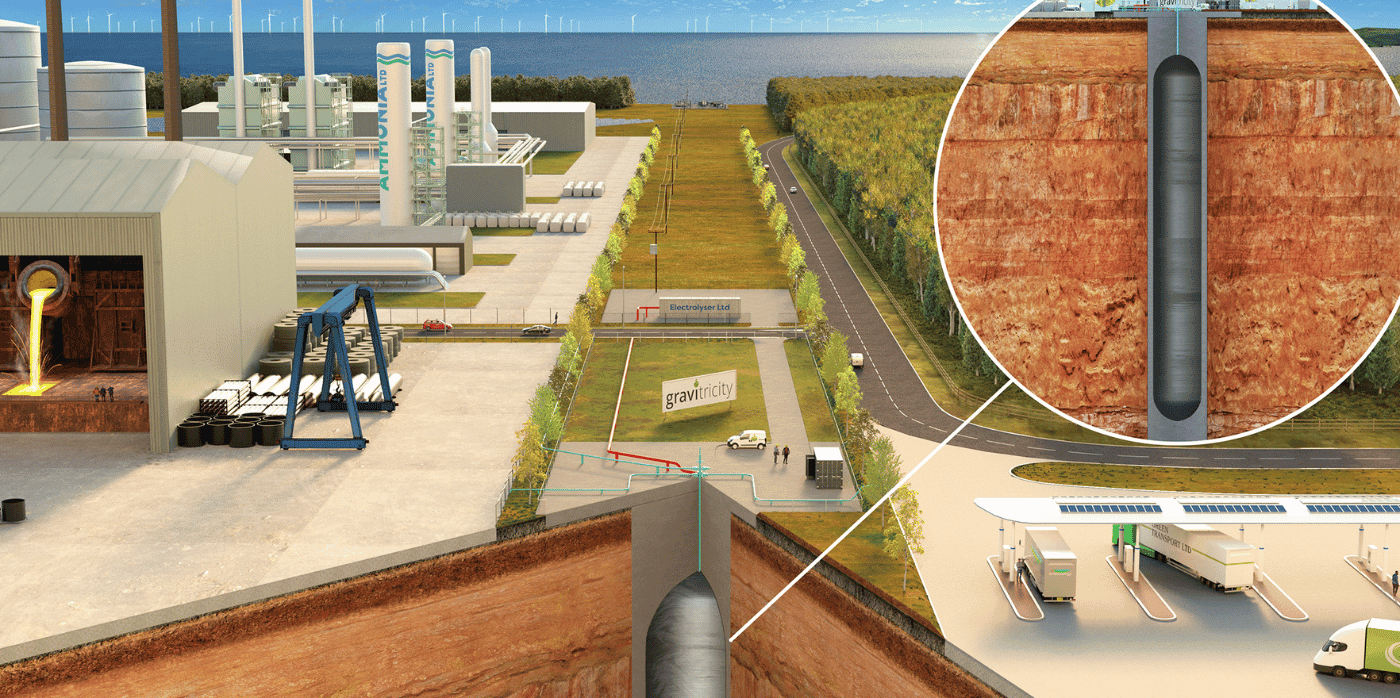The Springwise Top 5 – Springwise
This year has seen renewed momentum around the need to conserve marine and coastal habitats, and not before time. The international community has failed to meet the Convention on Biological Diversity’s target to protect 10 per cent of the ocean by 2020. However, even if that goal had been hit, it wouldn’t have been enough to reverse the damage wrought by the current 1.1 degree Celsius increase in global temperatures, estimated to be a 60 per cent degradation of the world’s marine ecosystems. The more ambitious target agreed at COP 15 last year, to protect at least 30 per cent of the world’s global ocean by 2030, could be more effective at sustaining long-term ocean health, if met.
Innovation is crucial to hit the 30 by 30 goal. Our Top 5 this week, in recognition of the United Nations World Oceans Day (June 8) provides just a snapshot of what is happening around the world to help preserve and restore crucial ecosystems.

A new kind of cubism to restore the seabed
A key contributor to the decline in marine ecosystems is the mass alteration of seafloor habitats and the over-industrialisation of fishery resources. Offshore wind farms, for example, are a crucial provider of renewable energy but they require foundations that are drilled deep into the seabed, stiring up large amounts of sediment and damaging habitats. Likewise, the construction of deep-sea cables.
ARC Marine, a UK-based firm, has a solution designed to be used by renewable energy firms, as well as aquaculture companies looking to create thriving ecosystems while farming fish and other marine life. ARC’s founders comprise engineers and scientists, who are also committed divers who witnessed first-hand the degradation of their local marine environment in the South West of England. The team developed its flagship technology, the reef cube, in response. Low-carbon, plastic free, and made from 98 per cent recyclable materials, the cubes feature circular passageways on each face leading to spherical chambers, ideal for lobsters. The surface is rough and uneven to encourage plant life and shellfish. The cubes can act as ‘anchors’ for wind turbines, preventing shifts in the sediment surrounding the structures and restoring precious ecosystems. The impact has been encouraging – the company’s own research has shown that typically after deployment, the cubes support three times as many species as controls, including blue mussels, feather stars, cuttlefish and squid, as well as providing a safe haven for shark eggs.
For more, visit arcmarine.co.uk

3D bricks promise to restore reefs
Meanwhile, one Swiss-based company, Rrreefs, has focused on coral reef replacements and creates bespoke solutions that provide multiple environmental benefits.
Using pure clay, the company 3D prints reef bricks that are customised to best suit the nearest shoreline and local environment. By understanding water flows and marine topography, the company builds structures that provide microenvironments for thousands of animals and plants to thrive. Protecting shores from erosion improves the growing environments for underwater forests of mangroves and seagrass, both of which are crucial to the capture of carbon dioxide. And a single cubic metre of the reef blocks provides a new home to more than 20,000 tiny animals, 20 corals, 60 fish, and more. Using 3D printing allows for modular production and complete customisation of the height, width, and length of the overall reef structure. The process also allows for local manufacturing, which further reduces the carbon footprint of each reef.
For more, visit rrreefs.com

An aquaculture solution that works in harmony with nature
Mangrove forests are rich in biodiversity, can effectively act against coastal erosion, and are valuable carbon ‘sinks’. However, over the last 50 years degradation and deforestation has destroyed 20-35 per cent of global mangrove cover.
A programme called Selva Shrimp by Swiss company Blueyou is making inroads into the restoration of mangrove forests in Vietnam, with a view to replicating its success in Indonesia. Blueyou is an established global group of companies focused on sustainable seafood. What sets Selva Shrimp apart is the role local communities play in the cultivation of shrimps in mangrove swamps laid waste by the damage wrought during the Vietnam War. The shrimps are introduced to the swamp and from there, it’s very light touch – no external inputs such as feed, fertlisers, or chemicals, are required. The creatures get what they need from the natural environment and, in turn, the mangrove forest thrives.
The programme provides a regular income for more than 3,500 small-scale farmers in South Vietnam. The shrimps are caught by net and the final product comes with a trace code that allows consumers track it back to the mangrove forest where it was caught.
For more, visit blueyou.com

The ‘jellyfish’ robot that could clean the oceans
The United Nations Environment Programme (UNEP) estimates that the 11 million metric tonnes of plastic currently entering our oceans every year is set to triple in volume in the next 20 years. Without intervention, this waste will take hundreds of years to degrade, severely harming marine life in the process.
Roboticists at the Max Planck Institute for Intelligent Systems in Stuttgart (MPI-IS) have developed an underwater robot inspired by jellyfish to collect waste from the bottom of the ocean.
The ‘Jellyfish-Bot’ is a versatile, energy-efficient, virtually noise-free robot that is just the size of a hand. It can also operate alone or with several others in combination. In the Jellyfish-Bot, the team decided to mimic a jellyfish’s ability to swim upwards and trap objects along its path. This function helps the robot collect waste particles that can then be transported to the surface, where they can be recycled.
For more details, click here.

Photo source Aponiente
‘Super grass’ takes on a whole new meaning
Seagrass is described as an “incredible tool” to fight climate change by the WWF. The plant accounts for up to 18 per cent of the ocean’s carbon storage annually, despite covering less than 0.1 per cent of the seabed. Although there are meadows full of the wild species across Europe, the plant is still dying at a concerning rate, and mass reforestation of Zostera marina has proven difficult. However, a new programme spearheaded by the research lab of Aponiente, a restaurant owned by Spanish chef Angel Leon, has found a way to cultivate the plant, in order to grow it as a sustainable crop suitable for human consumption, and to create a seedbank, which will make it easier to repopulate areas where the plant has been lost.
More widespread cultivation of Zostera marina could be a crucial weapon against climate change while providing us with a sustainably produced and highly nutritious food source. And as more Zostera marina meadows are restored, they will help to mitigate the effect of rising sea levels, regenerate marine life, and contribute to the survival of numerous marine species.
For more, visit cerealmarino.com
Written By: Angela Everitt

